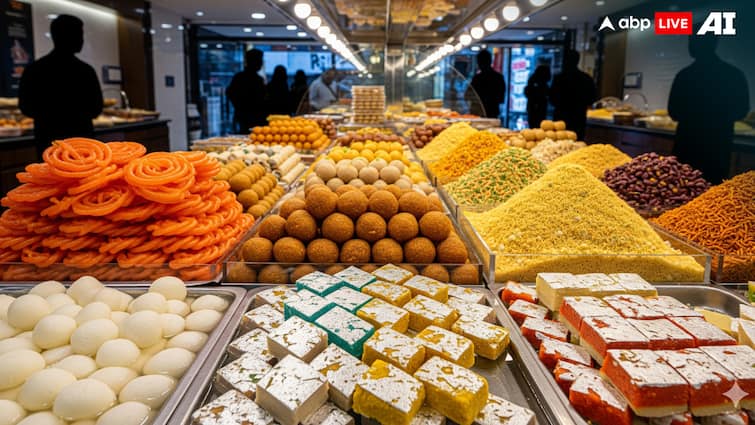India’s sweets and namkeen industry is vast, deeply rooted in culture, and central to everyday consumption. From mithai that marks festivals to namkeen that accompanies tea, these products are not luxuries but staples of Indian life and a livelihood for millions. Yet, despite its importance, the sector has been burdened with a GST structure that is inconsistent, inflationary, and discouraging for small businesses.
With the Government signalling a broader rationalisation of tax slabs, this is the moment to act.
The GST Landscape: A Sector In Disarray
India’s GST system has five slabs: 0, 5, 12, 18, and 28 per cent. However, food items are spread across them without coherence. The result is anomalies that create disputes and compliance burdens:
- Malabari paratha is taxed at 18 per cent, while roti/chapati is at 5 per cent and bread at 0 per cent.
- Non-branded namkeen is taxed at 5 per cent, branded namkeen at 12 per cent.
- Mithai consumed at a sweet shop is charged 5 per cent without input tax credit, but takeaway is taxed differently.
Modern hybrid outlets, where restaurants share kitchens with sweet shops and bakeries, are hit hardest.
Restaurants are taxed at 5 per cent without input credits, while showroom sales fall under multiple slabs with credits. Same kitchens, same staff, but different tax treatments force owners into dual bookkeeping and endless litigation.
Input Tax Credit: The Missing Link
The denial of input tax credit is especially damaging.
Restaurants cannot offset the costs of raw materials, rent, packaging, or utilities, which inflate prices for consumers. It also breaks the seamless credit chain that was a founding principle of GST.
This pushes costs onto customers, including lower-income groups for whom food already consumes the bulk of expenditure. Allowing credit would reduce cascading taxes, free up working capital, and encourage transparency.
Impact On Economy
This sector is far more than shop counters. It is agro-linked, employment-heavy, and export-oriented:
- 16 per cent of India’s registered factories are in food processing.
- The sector employs 21 lakh+ workers and represents 11 per cent of factory jobs.
- Packaged foods make up 10 per cent of rural food spend and 11 per cent of urban spend.
- Transport costs have risen by two-thirds since GST began.
- Food products account for 13 per cent of India’s exports.
MSMEs face the sharpest blow. Competing with loose namkeen sellers taxed at 5 per cent, small packaged producers taxed at 12 per cent struggle with compliance and wafer-thin margins. Rationalising GST to 5 per cent would encourage formalisation, expand the tax base, and level the playing field.
Learning From Global Practices
Globally, India’s stance looks regressive:
- 74 per cent of countries exempt food from GST or VAT.
- Germany, France, Italy, and Japan keep the food tax below 10 per cent.
As a developing economy with food-linked jobs and exports, India should adopt a lighter touch on food taxation to ensure affordability and competitiveness.
The Way Forward
The sweets and namkeen industry has long been part of India’s culinary identity and economic fabric. By moving namkeen to the 5 per cent GST bracket and ensuring that mithai shops selling chaat and restaurant items can claim input credits while charging 5 per cent, the Government can simplify compliance, reduce litigation, and support both MSMEs and consumers.
This is not merely a fiscal adjustment; it is an economic, cultural, and social imperative. Rationalising GST in this sector would strengthen jobs, farmers, exports, and most importantly, keep India’s beloved snacks and sweets accessible to all.
The author is the Director General of the Federation of Sweets & Namkeen Manufacturers (FSNM)
Disclaimer: The opinions, beliefs, and views expressed by the various authors and forum participants on this website are personal and do not reflect the opinions, beliefs, and views of ABP Network Pvt. Ltd.



